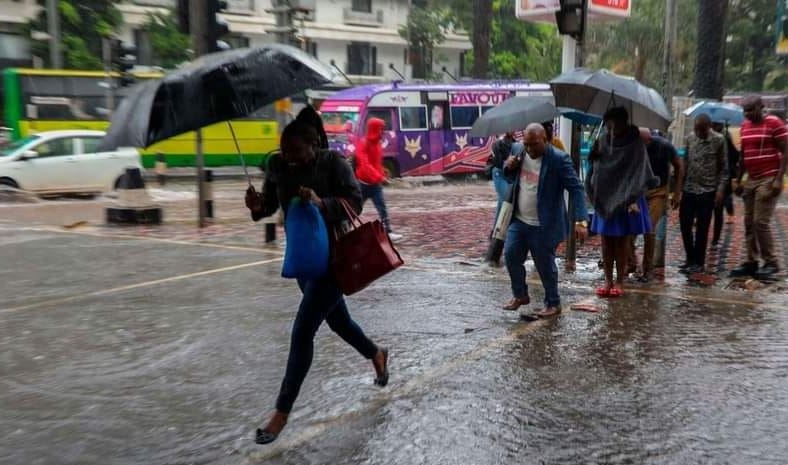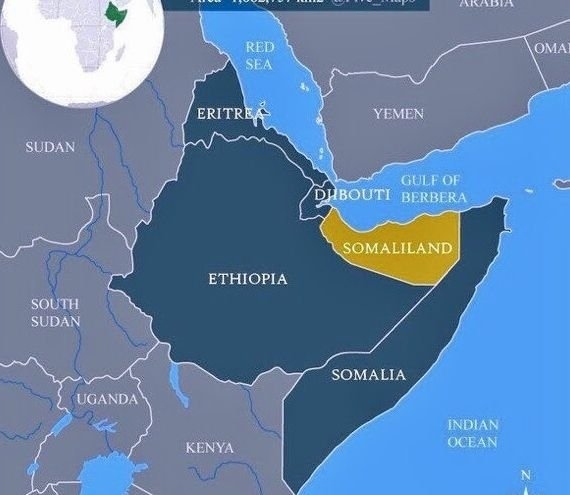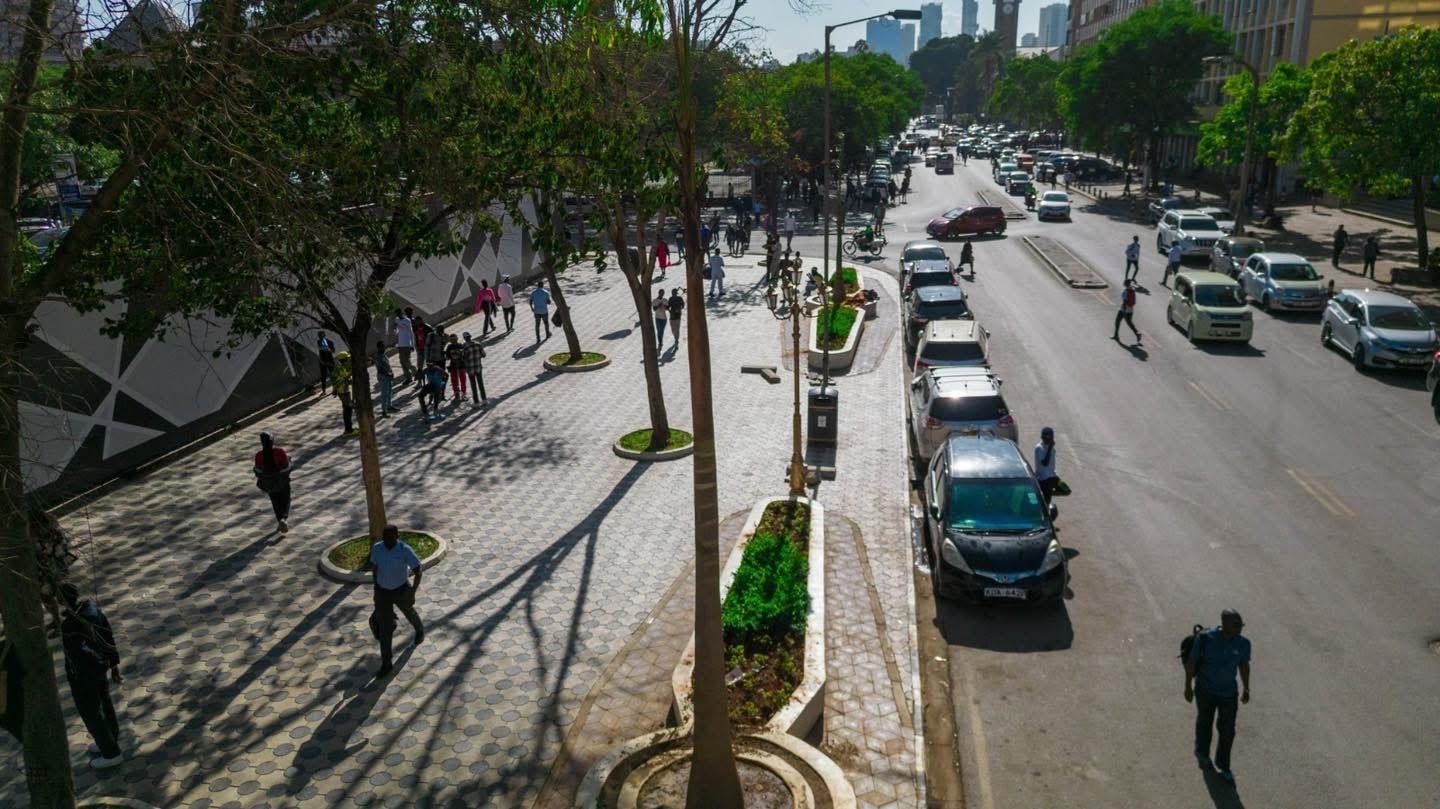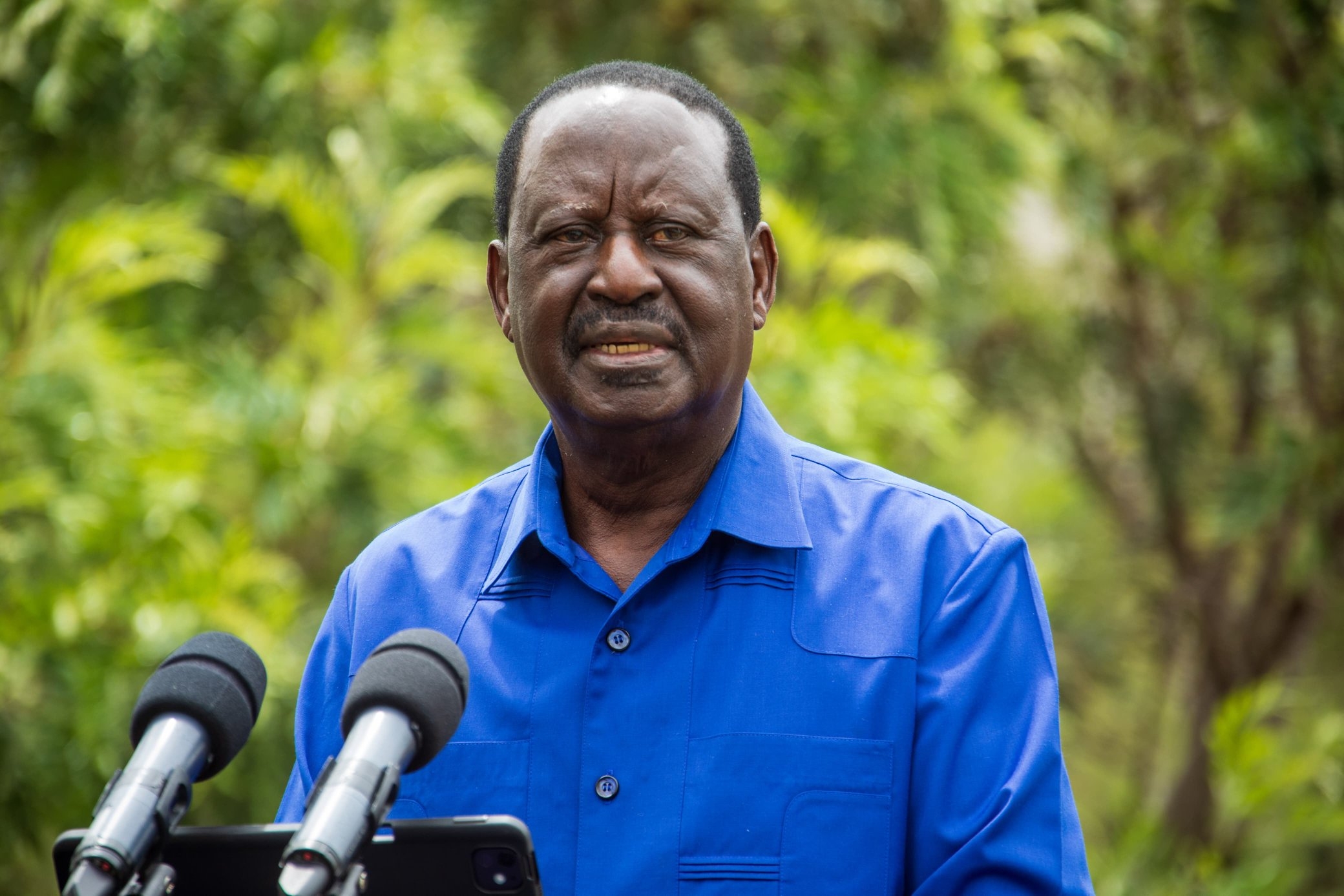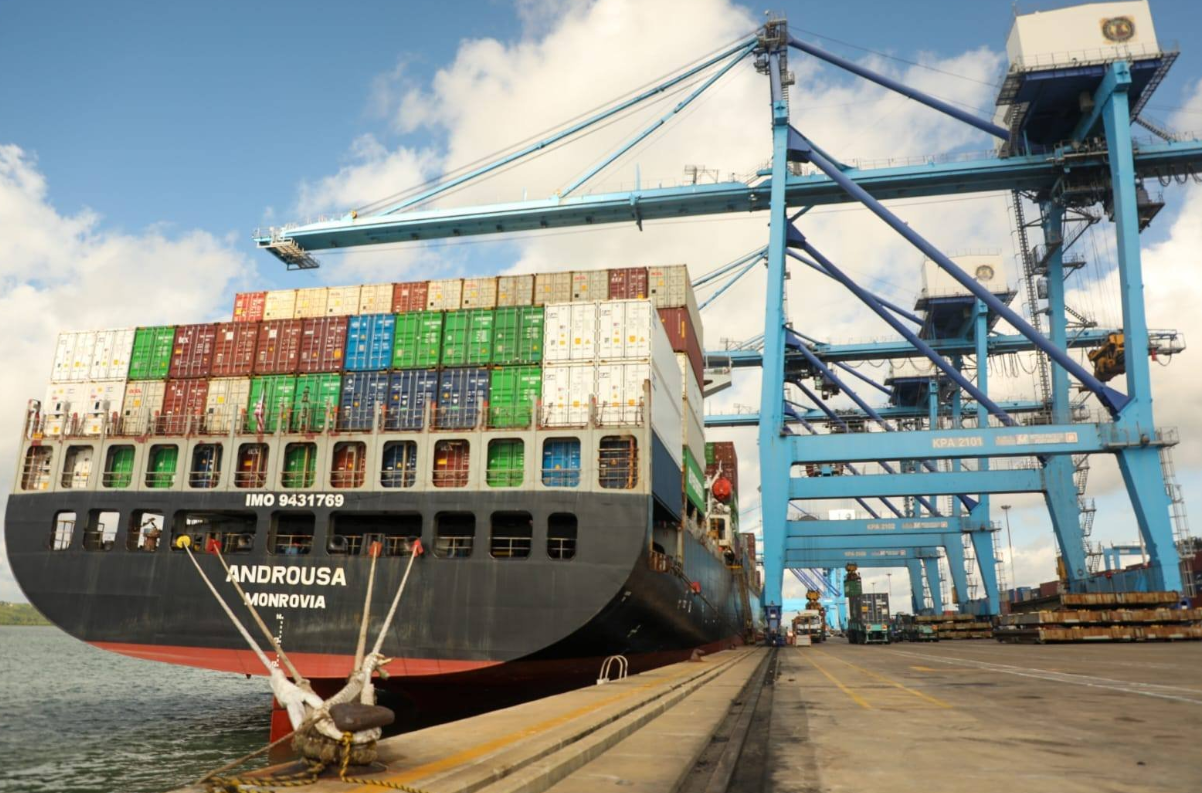
The Port of Mombasa has maintained its top position as the harbour of choice for the East African region’s landlocked countries, as transit volumes grew to a new high last year.
This, as Kenya Ports Authority (KPA) continues to invest and improve services as the two main Inland Container Depots of Nairobi and Naivasha, and further enhancing cargo handling at the Kisumu Port which serves the region through Lake Victoria.
KPA data shows year-on-year transit traffic made a remarkable growth to reach 13.289 million tonnes in 2024 up from 11.396 million tonnes in 2023, translating to a positive variance of 16.5 per cent.
This, as Mombasa which is Kenya’s main sea port, recoded an increase of 14 per cent in total cargo throughput which closed at 40.99 million metric tonnes, compared to 35.98 tonnes the previous year.
This is almost 11 millions tonnes more than the 30 million tonnes that Dar es Salaam is targeting to be handling by the year 2030, which it expects to be driven by Special Economic Zones (SEZs) and integration of industrial production with port operations to create a seamless logistical ecosystem.
Dar handled 6.3 million tonnes of transit cargo between May and November 2024, which was a 19.3 per cent increase from the 5.3 million tonnes during the same period in 2023, with full year numbers falling short of those handled at Mombasa.
Mombasa serves the East African Community landlocked countries through the 1,700 kilometre-long Norther Corridor which runs between the port city, Uganda, Rwanda, Burundi and Eastern DRC–the main trade route in the region.
Dar es Salaam on the other hand serves the hinterland via the 1,300 kilometre-long Central Corridor that serves Tanzania, Rwanda, Burundi, Uganda and Eastern D.R. Congo.
Last year, Uganda remained the main driver of transit volumes through the Port of Mombasa posting a growth of 23.9 per cent to total 8.8 million tonnes from 7.1 million tonnes, accounting for 65.8 per cent of total transit volumes, both imports and exports.
It was followed by South Sudan which had a total of 1.7 million tonnes of its cargo go through Mombasa, DRC (1.6 million tonnes), Rwanda (683, 259 tonnes), Tanzania’s volumes increase 45.5 per cent to 455,903 tonnes, while Burindi’s use of Mombasa Port also grew to 65,501 tonnes from 18, 320 the previous year.
Kenya also handled 103, 146 tonnes for Ethiopia and a sizable traffic for Somalia, placing Mombasa at the forefront of regional trade, as it continues to play a critical role in supporting economic growth across the East African Community (EAC).
“Congestion challenges in other regional ports further enhanced the Port of Mombasa’s position as the preferred port of call in the region. Buoyed by the stable and consistent economic performance of the EAC countries, transit performance recorded an increase in cargo of 16 per cent,” KPA managing director, Captain William Ruto, said.
The Port of Mombasa continues to serve a wide variety of trade partners and facilitating the movement of diverse range of commodties, connecting Kenya to international markets.
Its capacity to serve the region’s landlocked countries and domestic market has been bolstered by continued investments at the dry ports within the country (along the Northern Corridor) and the Port of Kisumu.
During the year, ICD Nairobi handled 291,858 tonnes while throughput for the ICD Naivasha grew by 41.1 per cent to 468 tonnes.
“The two ICDs are targeted for the cold chain logistics and we hope to grow the throughput in the subsequent years. The planned extension of the SGR to Uganda border will position the facility as a strategic logistics hub in the region,” said Evelyne Mwamure, general manager - corporate research planning and compliance.
The Kisumu Lake Port also continues to register increased exportation of gas oil, steel billet and ceramic tiles to the neighboring countries, recording a total throughput of 280,381 tonnes in 2024.
This was up from 127, 745 tonnes realised in 2023, similarly the number of vessels increased to 220 from 115 realised in the same period the previous year.
“Kisumu Port performance improved significantly by 119 per cent,” Ruto noted.
Overall container traffic for Mombasa on the other hand grew by 24 per cent registering 2.005 million TEUs in 2024, compared to 1.623 million TEUs achieved in 2023.




